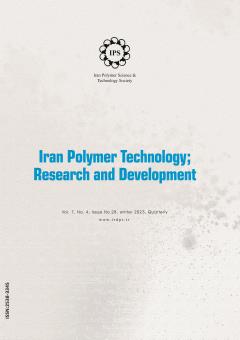-
-
List of Articles
-
Open Access Article
1 - Investigation of Blood Coagulation Process on Biopolymers and Review on the Hemocompatibility Evaluation Methods
Rahim Dehghan Jalal Barzin Seyed Hossein Abtahian Behnam Darabi Hamidreza Ghaderi -
Open Access Article
2 - a review of the investigation methods and performance of pure polymer gears
Rasool Molhsenzadeh ehsan nozad bonab -
Open Access Article
3 - Polymer composites containing sheep wool fibers using thermal and sound insulation: from introduction to application
Mohsen Sadroddini -
Open Access Article
4 - A review of polymer 3D printing technology: materials, process and design strategies for medical applications
amir hasnvand -
Open Access Article
5 - A review of the sorbents based on covalent organic frameworks containing hybrids for extraction methods
Mohammad Javad Aghajani Milad Ghani Jahan Bakhsh Raoof -
Open Access Article
6 - Mechanisms and promising applications of mussel-inspired hydrogels
AKBAR MIRZAEI shahrzad javanshir ghalzaleh MIRZAEI
-
The rights to this website are owned by the Raimag Press Management System.
Copyright © 2017-2025







